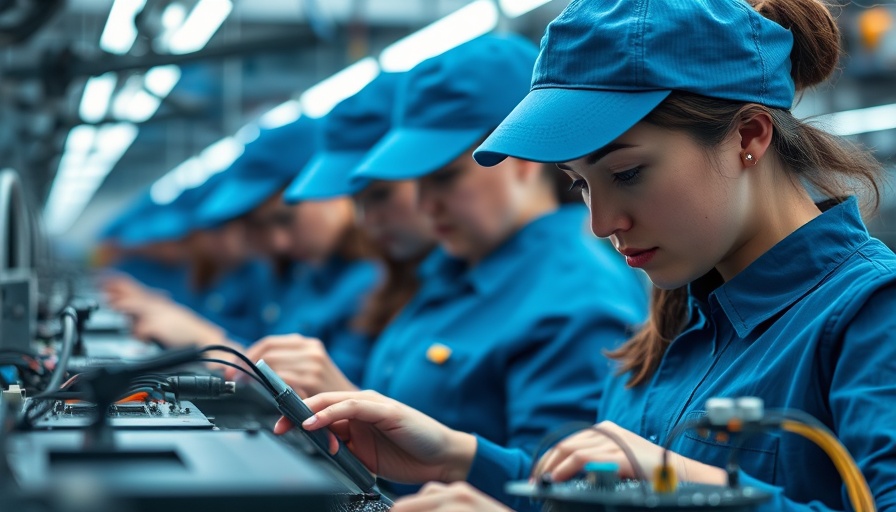
Understanding Trump's Tariffs and Their Impact
President Donald Trump's administration has consistently advocated for tariffs as a means to rejuvenate American manufacturing. The central argument is that imposing hefty tariffs, especially on imports from China and the European Union, will encourage companies to relocate production back to the U.S. This shift, Trump insists, would create jobs and strengthen national security by bolstering domestic manufacturing.
The Reality of Manufacturing Economics
However, economic experts challenge this narrative. They argue that many companies are unlikely to jump at the chance to return stateside, primarily due to high operational costs and the time required to establish factories. Higher American labor wages can make domestic production significantly more expensive, which may ultimately translate to higher prices for consumers.
The Shift from Manufacturing to Tech
Experts like Betsey Stevenson and Justin Wolfers emphasize that America's transition from a manufacturing-centric economy to one focused on technology and services has provided substantial benefits to consumers and workers alike. According to them, Trump's approach presents a misguided strategy, as it overlooks the success of sectors that have thrived in today’s economic climate. Instead, they suggest that fostering innovation in technology might yield better employment outcomes without the need for punitive trade measures.
Long-Term Consequences of Tariff Policies
As the trade war continues, the debate over tariffs becomes more pronounced. While they may serve as a short-term leverage tool, experts warn that such policies could potentially stifle growth and reduce the attractiveness of the U.S. as a manufacturing base, echoing a broader concern about the future of American competitiveness in a globalized economy.
 Add Row
Add Row  Add Element
Add Element 



Write A Comment